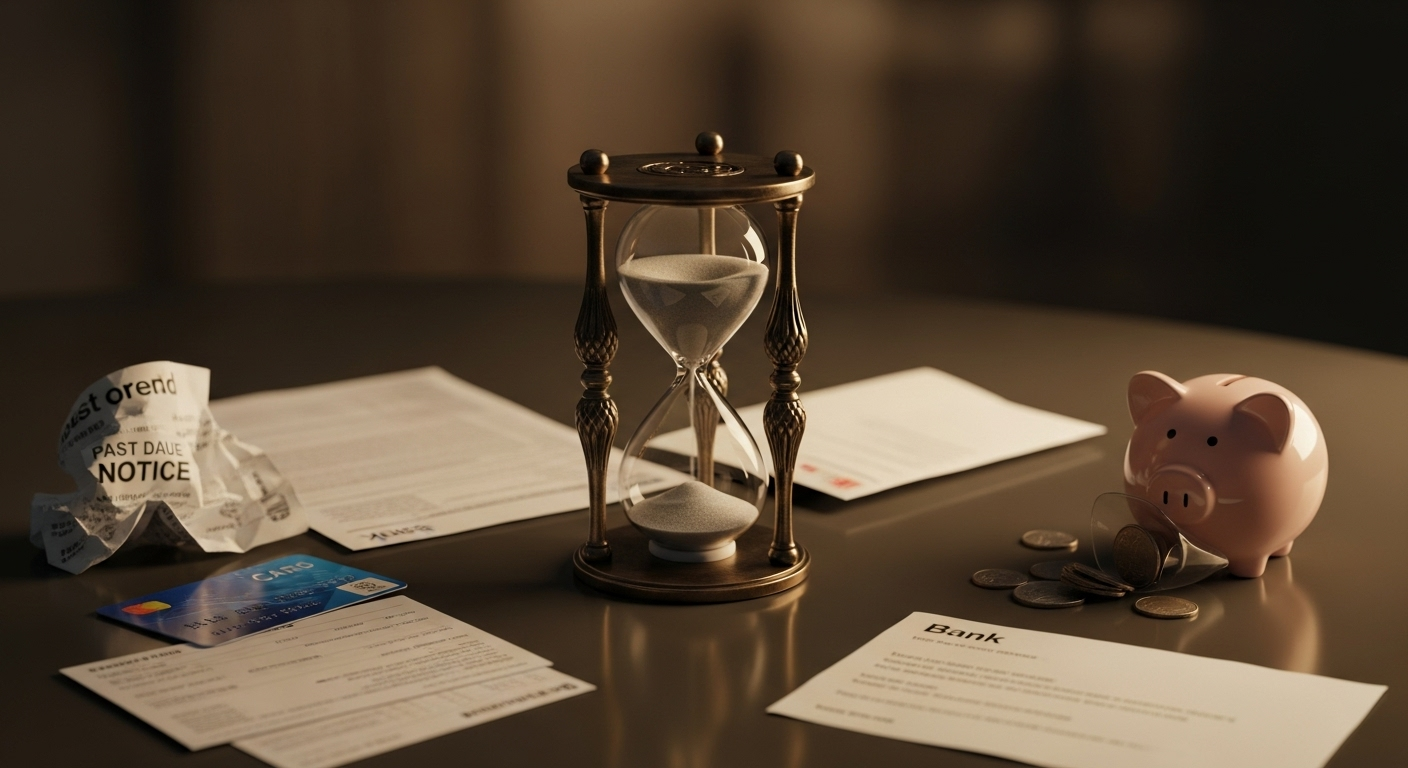Debt Relief: Practical Steps to Reduce Debt and Rebuild Financial Health
Struggling with mounting balances can feel overwhelming, but debt relief offers structured ways to regain control of your personal finance. Whether it’s credit card balances, a personal loan, or other obligations, understanding options, consequences, and realistic steps helps you protect credit and preserve future money goals. This article explains common approaches and practical strategies to find relief and rebuild stability.

What is debt and why it matters
Debt is money owed to lenders, ranging from credit card balances to loans and lines of credit. Carrying high debt levels can increase monthly payments, raise interest costs, and limit your ability to save. For many, unsecured debts such as credit card balances are most burdensome because of high interest rates. Recognizing the type of debt you have — secured versus unsecured, fixed-rate versus variable — is the first step to deciding whether consolidation, negotiation, or other relief is appropriate.
How can finance planning aid relief
A clear finance plan turns overwhelming balances into actionable steps. Start by listing all debts, interest rates, minimum payments, and due dates. Prioritize by interest or by balance depending on your goals. Build a realistic monthly budget that protects essentials and allocates extra money toward debt reduction. Regularly tracking spending helps free up small amounts that accelerate payoff. If budgeting alone isn’t enough, a financial counselor can offer tailored strategies without endorsing risky or unverified solutions.
Can credit card relief options help
Credit card relief can take several forms: reducing interest through negotiation, enrolling in hardship programs, transferring balances to a lower-rate card, or pursuing debt consolidation. Contact creditors early to ask about hardship plans; many issuers offer temporary relief for qualifying customers. Balance transfers may lower interest but can include fees and require good credit. Debt settlement — negotiating a lump-sum payoff for less than owed — impacts credit and may carry tax consequences. Evaluate trade-offs before choosing a path.
What loan strategies are available
Loans can be part of a debt relief plan when used to replace higher-cost debt. A debt consolidation loan or home equity loan may reduce monthly interest and simplify payments by combining multiple obligations. Refinancing existing loans can lower rates if your credit score and market conditions allow. For federally backed student loans, income-driven repayment or forgiveness programs may apply. Each option affects credit differently; secured loans put assets at risk, so understand terms, fees, and long-term implications before borrowing to repay debt.
How to manage money to prevent relapse
After securing initial relief, sustaining better money habits prevents future recurrence. Build an emergency fund to cover unexpected expenses and avoid relying on credit. Automate savings and key bills to reduce missed payments. Reassess subscriptions, discretionary spending, and lifestyle inflation as income grows. Use credit responsibly: keep utilization low relative to limits and pay balances in full when possible. Regularly reviewing credit reports helps catch errors that could affect rates and eligibility for future financial products.
Conclusion
Debt relief is not one-size-fits-all; it involves assessing your debts, weighing options like negotiation, consolidation, or refinancing, and committing to improved finance habits. Understanding how different approaches affect credit, costs, and long-term goals lets you choose a sustainable path. With careful planning and informed decisions, you can reduce balances, lower interest costs, and rebuild stronger money management practices for the future.






